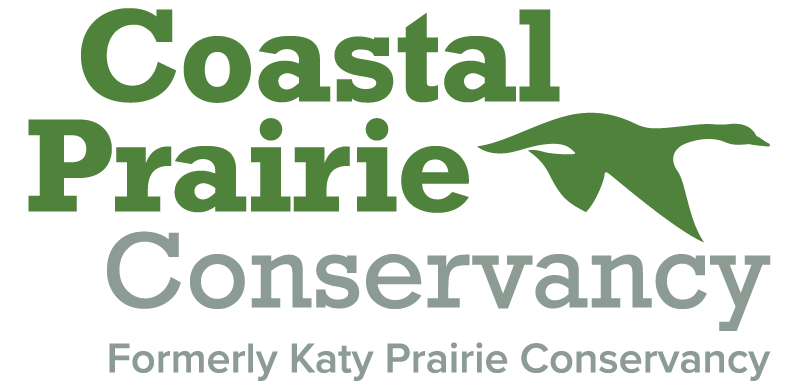Cherokee Sedge: A Versatile Native for Your Garden
Photo Courtesy of Pete Romfh (Lady Bird Johnson Wildflower Center)
The Coastal Prairie Conservancy has collaborated with HNPAT and Clark Condon to create the 9 Natives program, which helps to promote the value of native plants for pollinators and makes native gardening more accessible for newcomers. By bringing bits of the prairie into the city, individuals and families can help support pollinators and learn about the historic coastal prairie landscape. CPC has also produced a video and supporting materials that demonstrate how to create a pollinator garden and how this will make a difference for local wildlife throughout the city.
Whether you have a backyard or live in an apartment or townhouse with limited yard space, the 9 Natives for Sun and 9 Natives for Shade can bring natural beauty to your surroundings without requiring a lot of maintenance. This month, we’ll begin covering our 9 Natives for Shade, beginning with the Cherokee sedge, scientifically known as Carex cherokeensis. Let’s dive in!
The Cherokee sedge is a graceful and versatile grass-like plant native to our region. It is a perennial plant, meaning it comes back year after year, bringing sustained beauty to your green space. The Cherokee sedge has slender, arching leaves that are vibrant green, adding visually-interesting texture to your garden.
As one of CPC 9 Natives for Shade, Cherokee sedge thrives in areas that receive partial to full shade. For those short on space, this plant can also grow beautifully in containers on balconies or window sills. Apart from its aesthetic appeal, the Cherokee sedge offers several benefits. It helps control erosion by stabilizing soil with its extensive root system. Additionally, this native plant provides important habitat and food for many beneficial insects, birds, and butterflies, supporting a healthy ecosystem on the coastal prairie and in urban areas.
Planting Tips:
Timing: Plant Cherokee sedge in early spring or fall when the weather is mild. This allows the plant to establish itself before the extremes of summer or winter.
Soil: The Cherokee sedge can adapt to various soil types, including clay and sandy soil. However, it prefers moist, well-drained soil.
Watering: While the plant is getting established, it is important to water it regularly, especially during dry periods. Once established, it can tolerate periods of drought.
Maintenance: Cherokee sedge is generally low-maintenance. Trim back any dead leaves or flowers in late winter or early spring to promote healthy growth.
Photo Courtesy of Jaime González
Consider pairing the Cherokee sedge with other shade-loving native plants like inland sea oats (Chasmanthium latifolium) or Texas lantana (Lantana urticoides). This combination will create a visually appealing and ecologically beneficial green space around your home.
Incorporating Cherokee sedge into your outdoor space is a fantastic way to contribute to local conservation efforts and create a beautiful, sustainable habitat for wildlife. Whether you have a small apartment balcony or a backyard, this native plant can thrive in a variety of surroundings. Stay tuned for next articles on the 9 Natives for Sun, where we’ll cover spearbract blue-eyed grass!


